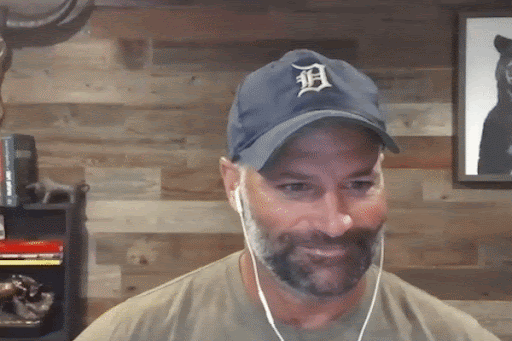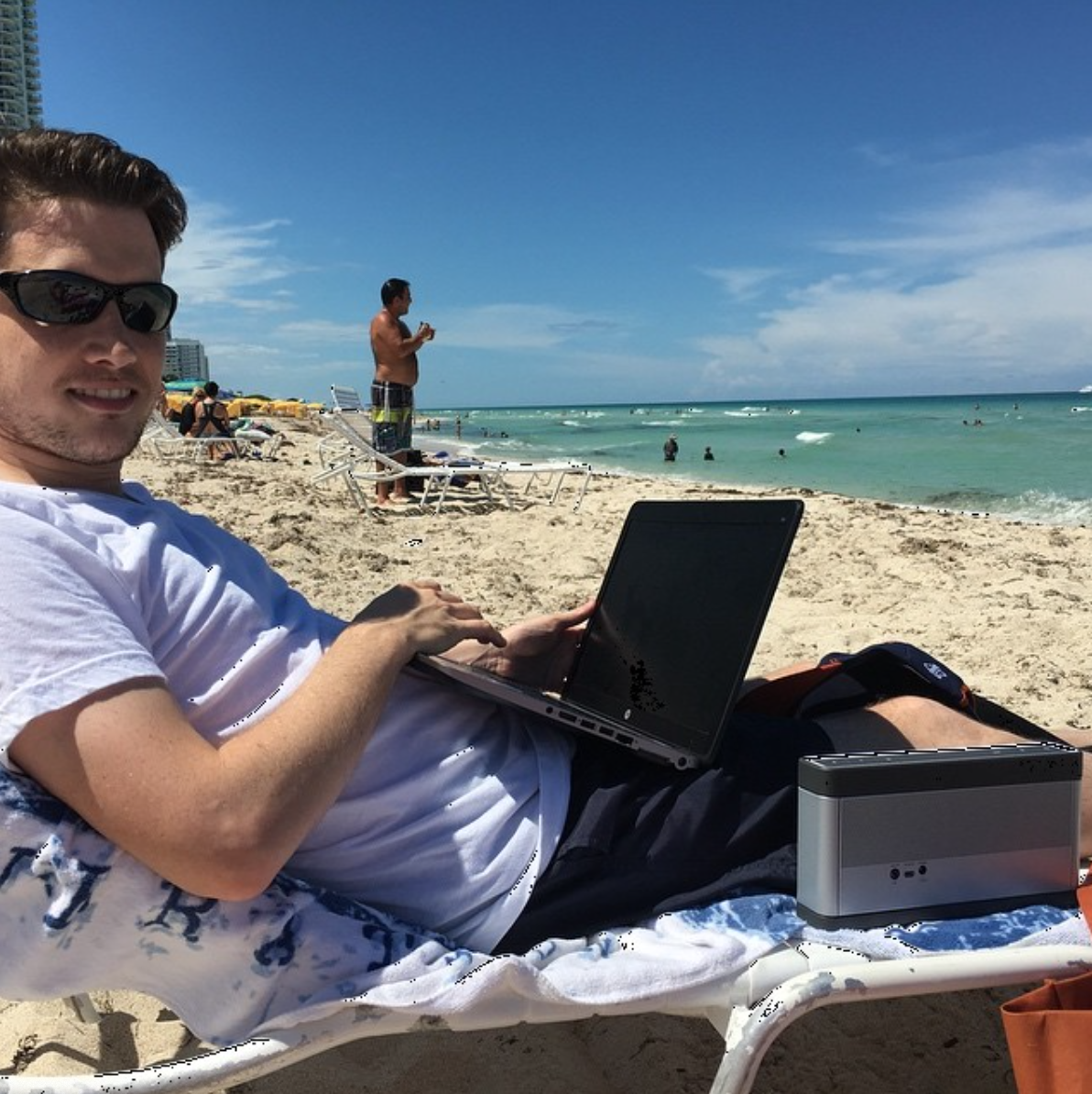If you’re looking at the several major catalysts occurring this week and wondering how to adjust your game plan to fit the moment, you’re not alone.
Two enormous events are happening simultaneously, leaving many traders wondering how to position themselves for the upcoming volatility.
But luckily for us, this isn’t my first rodeo. I’ve been trading volatile market catalysts for more than a decade.
In fact, a large part of my $4 million+ in trading profits came from trading red-hot catalysts such as these.
If you know your history and pay close attention to these moves, they could potentially lead you to trading opportunities you wouldn’t have found otherwise.
So, today I’ll go into detail about the potential outcome of these developments and explain how I’m planning to trade this week.
Keep reading and I’ll show you…
Catalyst #1: Another Regional Bank Collapses…
First and foremost, the regional banking crisis continues to stay top of mind for anyone trading the U.S. stock market.
It all started with the rapid collapse of SVB Financial Group (formerly NASDAQ: SIVB), a mid-sized bank from Silicon Valley that held deposits from some of the world’s biggest tech companies.
At the time, this was the second-largest bank failure in U.S. history. But it didn’t hold this unattractive record for very long…
This week, a new institution has taken the title of the second-largest bank failure in U.S. history … First Republic Bank (formerly NYSE: FRC).
FRC has been dancing on a knife’s edge ever since the SVB collapse, which caused depositors and investors to quickly withdraw money from the bank, which they felt could face a similar fate.
This led to a solvency crisis leading to U.S. regulators seizing FRC and selling it to JP Morgan & Chase Co. (NYSE: JPM).
So, what happened to these institutions? And how are these bank failures affecting the overall market?
It all comes back to interest rates, which the Fed has hiked faster over the past two years than at any other time since 1980.
The major, well-capitalized banks — like JPM — have actually benefited from the rise in interest rates as they can now charge more to lend money to borrowers.
However, many mid-sized regional banks – especially those that invested in treasury and mortgage bonds – have taken a beating from the high-speed rise in rates.
The SPDR S&P Regional Banking ETF (NYSEARCA: KRE) is down nearly 5% in the past five days, dragged by shares of PacWest Bancorp (NYSE: PACW) and Western Alliance Bancorporation (NYSE: WAL), which were down 26% and 20% on Monday, respectively.
Now, is there an actionable trading strategy for this hugely negative catalyst?
To answer this question, we must turn to the other major event that occurred yesterday…
Catalyst #2: The Fed’s FOMC Meeting
Aside from the regional banking crisis, the entire market is looking at one event right now – yesterday’s Federal Reserve FOMC meeting.
Unsurprisingly, the Fed announced it would hike interest rates by an additional 25 basis points. Keep in mind that this is the tenth 25-basis-point hike since March 2022.
However, the Fed is starting to signal that it may end this cycle of rate hikes soon … which makes sense with so many banks struggling due to economic tightening.
Now, even though the major question about the hike has now been answered, there’s still an enormous amount of uncertainty as to how the market will react over the next few trading days.
I’m not putting trades on around the FOMC meeting and I don’t suggest you do either. I’m still watching the same tickers I have been and my game plan is relatively unaffected by these events so far.
The thing is, you don’t have to be a financial or mathematical genius to make money in the options market…
While it’s important to know your history and understand what’s going on with central banks in general, you don’t have to make Fed policy the center of your trading strategy.
I’m incredibly grateful to be a trader right now. I don’t envy investors who are stressing over the future of their long-term positions during such a cataclysmic moment for banks.
But that doesn’t mean I’m aggressively trading. On the contrary, I’m sitting on the sidelines and gathering information for now…
Why? Because I know my circle of competence…
I’m not a macroeconomist or a banking expert. And I don’t usually trade stocks in the financial services sector.
The volatile momentum stocks that I love to trade are gonna present trading opportunities, long or short, regardless of what the Fed does or how regional banks trade.
If anything, the FOMC meeting is a reason for me not to trade. I’d rather wait and watch the initial reaction, then I can see how it’s influencing the stocks I’m watching anyway, like Nvidia Corporation (NASDAQ: NVDA) and Tesla Inc. (NASDAQ: TSLA).
Final Thoughts
All in all, there’s nothing wrong with sitting on the sidelines this week.
Heightened volatility and unpredictability are to be expected. Plan your moves accordingly.
Then, pay close attention to see how this week’s catalysts affect the stocks you’re watching moving forward.


